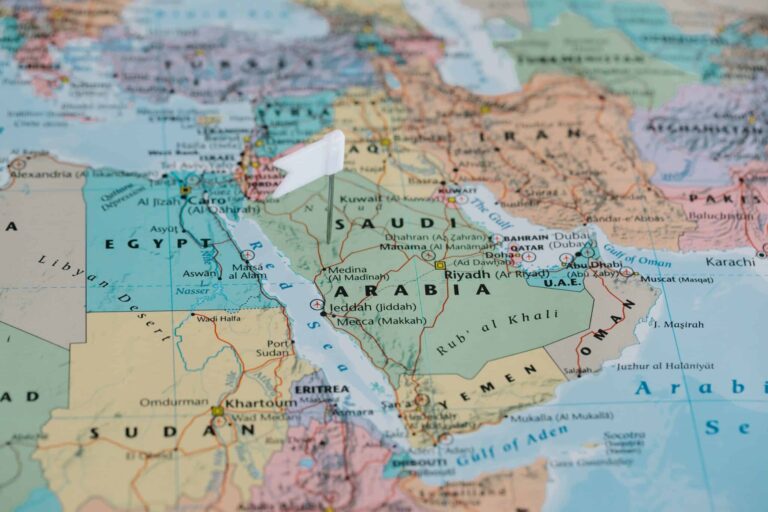An area of land is referred to as oil field if it is utilized to extract petroleum from the earth, such as natural gas or crude oil.
Although some dispute the precise sources of oil, the majority of scientists agree that it is a “fossil fuel” made from decomposing organic matter that is frequently discovered in old seabeds thousands of meters below the earth’s surface.
The upstream oil business places a lot of importance on locating viable oil fields. The Middle East, where tens of thousands of oil fields have been discovered, is home to many of the biggest oil fields, which number over 65,000 at this time.
Despite the enormous number of fields, less than 1500 significant oil fields contain 94% of the known reserves. Environmental issues and past geopolitical conflicts have their roots in the sites of oil resources. So its safe to say oil resource areas are the source of many political disputes. Oil may also be discovered beneath the ocean’s surface, where deep-sea rigs look for and take advantage of these reserves.The
Table of Contents
The 5 major oil fields worldwide
The following are the biggest oil fields worldwide:
Ghawar oil field, Saudi Arabia
The biggest oil field on earth is in Ghawar. The state-owned oil company Saudi Aramco is in charge of managing the Ghawar oil field. It is situated in the Al Hasa Province of Saudi Arabia. It has a gigantic surface area of 11,000 square kilometers, is thought to be 100 meters thick, and is 280 km long and 40 km wide.
Over a quarter of the nation’s oil reserves are located in the oilfield, which also provides nearly half of the nation’s oil output. This field has produced more than 65 billion barrels of oil since 1951, and 58 billion barrels of oil equivalent are still present.
Up until 2019, when the Permian Basin surpassed it, the highest-producing oil field had a maximum output of about 3.8 million barrels per day.
Permian Basin, USA
The largest producing oil field, the Permian Basin, may eventually outpace the Ghawar oil field in terms of production. A 5 million barrels per day production projection for Ghawar was later revised to 3.8 million barrels.
Energy in Depth states that the U.S. Permian, which produced 4.1 million barrels per day last month according to official data, is already the largest oil production basin because the Ghawar’s new maximum production rate, which is 3.8 million barrels per day, is no longer an option.
The two are not quite comparable because the Permian is an unconventional shale deposit and the Saudi field is a conventional reservoir. Fracking is one of the new drilling techniques that has significantly enhanced the Permian’s output.
The Permian Basin, made up of more than 7,000 fields, is around 250 miles wide and 300 miles long by RRC. About 40% of the oil produced in the US comes from this region. The latest advances have also made the United States the top producer of crude oil in the world.
Greater Burgan, Kuwait
Greater Burgan, which has a surface area of about 1,000 square kilometers and began producing oil in 1946, is the third-largest oilfield in the world, with over 40 billion barrels of recoverable oil.
The Kuwait Oil Company (KOC) controls the Greater Burgan. This is a division of the government-owned Kuwait Petroleum Corporation (KPC). The field now produces between 1.1 and 1.3 million barrels of oil per day, according to Hydrocarbons Technology.
Carabobo 1 oilfield, Venezuela
The Carabobo 1 oilfield in Venezuela is the fourth-largest in the entire world. Venezuela has the largest oil reserve, totaling roughly 31 billion barrels. 400,000 barrels per day of production were the target when phase 1 of production began in 2013.
According to Hydrocarbons Technology, Petrocarabobo runs the field. This is a joint venture between Venezuela’s state-run energy monopoly PdVSA (60%) and five other stakeholders. Thus including Repsol of Spain (11%), Indian Oil Corporation (3.5%), Oil India (3.5%), ONGC Videsh (11%), and Petronas of Malaysia for 11% of the market.
Khurais, Saudi Arabia
A second oilfield from Saudi Arabia, Khurais, is fifth on the list. With three distinct reservoirs, it has about 25 billion barrels of recoverable oil.
“The $3 billion Khurais Arabian Light Crude Increment Program,” says NS Energy “increased the onshore oil field’s production capacity to 1.5 million barrels per day (Mbpd) from 300,000 barrels per day (bpd).”
Read also: What are OPEC countries and how powerful are they in the global oil market
Significance of oil fields and new technology
The productivity levels of oil fields have significantly increased in recent years. This is because of new technologies in oil exploration and production.
These techniques involve the use of proppants and include horizontal drilling, hydraulic drilling, hydraulic fracturing, or “fracking.” To maintain unobstructed access to the wellbore through fractured rock, proppant, a solution of water and sand, is used.
With the help of these technologies and innovations like seismic monitoring, oil field efficiency rates have increased, which has resulted in a surplus of oil supply and a decrease in oil prices.
In the current environment of price pressure, oil companies continue to concentrate on technological advancement to reduce their production costs.
Read also: Major oil and gas companies triplicated their gains due to Russia-Ukraine war












